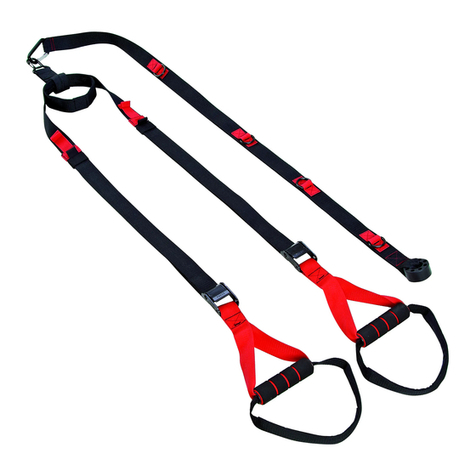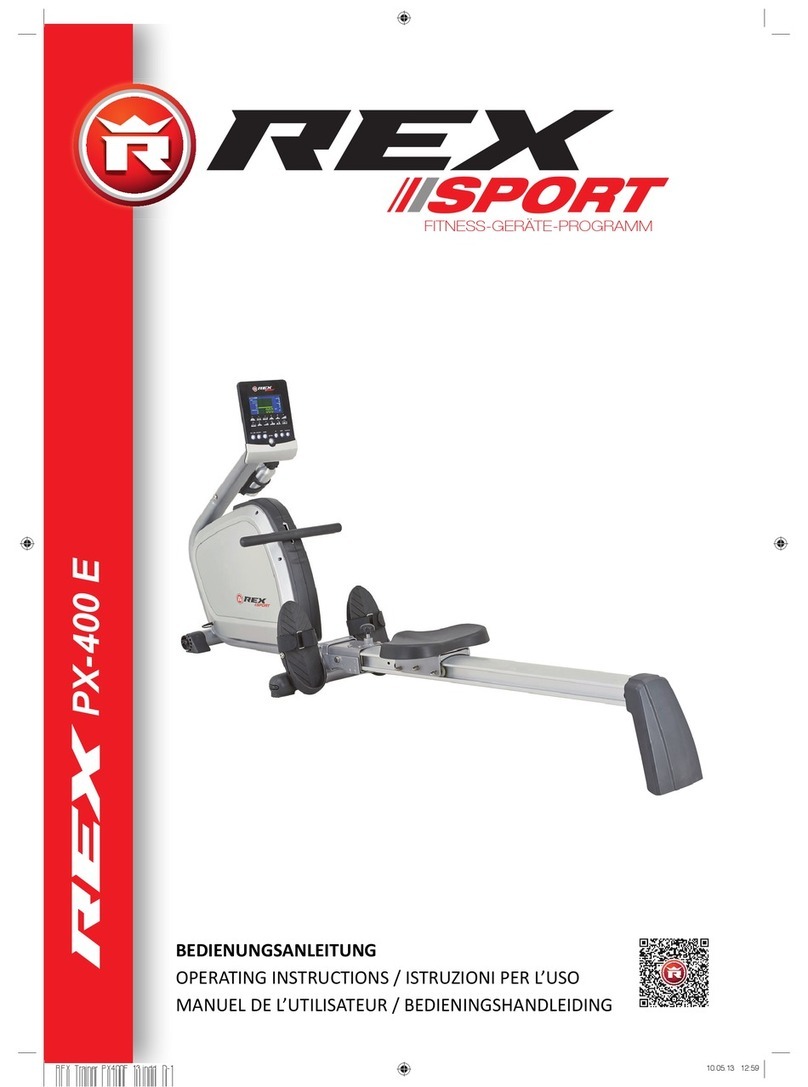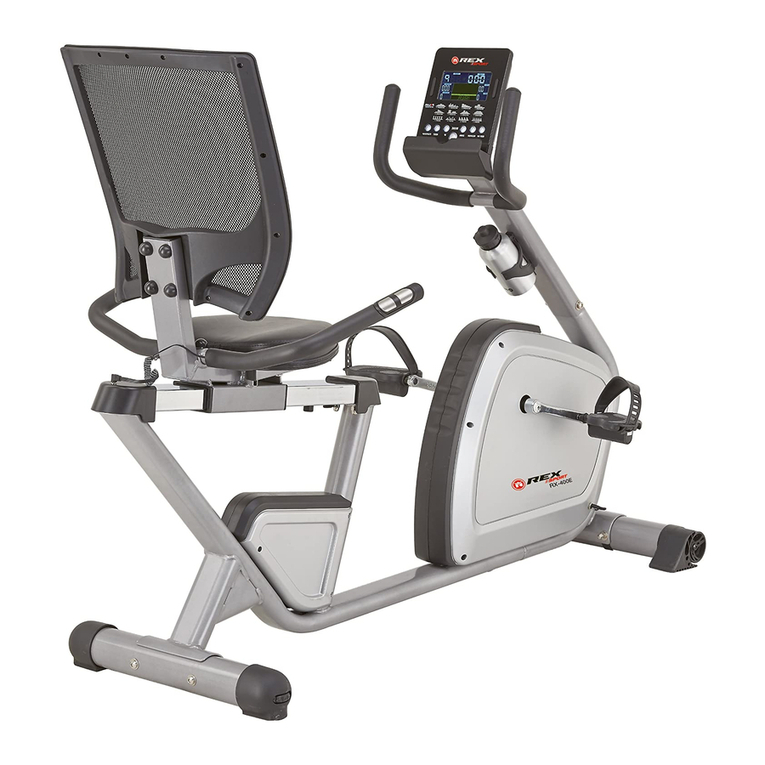
-1-
1. Safety Precautions
1) Ensure you use the correct voltage.
-Be sure to use the voltage indicated on the name plate of the main unit or in the operation manual.ޓ
If the voltage is different from the voltage indicated, overheating, smoke or fire may occur.
2) Check the switch is OFF, before inserting the plug into the power supply socket.
-If the plug is inserted into the power supply when the switch is ON, the machine may start operation abruptly,
and is liable to cause accidents. Be sure to check the switch is OFF.
3) Be sure to avoid electric shock.
-Do not touch the plug with wet hands.
-Do not use the machine in rain or in places where water can easily get into the machine.
-Be sure to ground the machine to avoid electric shock.
4) Take notice of conditions at the work site.
-Do not use the machine in rain, humid or damp places, or places where water can easily get into the machine.
Humidity will lower insulation of the motor and cause electric shock.
-
Do not use close to flammable fluids or gases, such as gasoline and thinner. Doing so could lead to fire or explosion.
5) Use designated accessories and attachments.
-Do not use accessories and attachments other than those designated in the operation manual or our
catalogues. Accidents or injuries might result.
6) In the following cases, turn the main unit OFF and pull the plug out of the power supply socket.
-When the machine is not in use or parts are changed, repaired, cleaned or inspected.
-When accessories are changed.
-When hazards are expected (including electric power failure)
When the plug is inserted, the main unit may start operation unexpectedly, causing accidents.
7) If any abnormality is noticed, stop operation immediately.
-When the machine does not operate smoothly or abnormalities such as unusual smells, vibration or
noise are detected, immediately stop operating the machine.
-Check symptoms against the items in Troubleshooting at the end of this manual, and follow the appropriate
instructions.
-If the machine is used continuously it might lead to overheating, smoke or fire, resulting in accidents or injury.
If overheating or smoke from the main unit occurs, do not attempt an overhaul but ask for an inspection
and repair.
8) Keep the work site clean.
-Ensure you keep the worktable and the work site in good order, and well lit. A cluttered site and worktable are
liable to cause accidents.
9) Do not let unauthorised personnel come near the machine.
-Do not let anyone other than authorised personnel touch the main unit or the power supply cord or operate the
machine.
-Do not let people other than authorised personnel enter the work site, especially children. Injuries might occur.
10) Do not use the machine with force.
-Use the machine only for its designated purpose.
To assure safe and effective operation, operate according to the capacity of the main unit. Applying excessive
force may not only cause damage to the product but also accidents.
-Do not use the machine in the any way that could cause the motor to lock, or cause smoke or fire.
11) Wear neat clothing.
-Do not wear neck ties, clothes with open sleeves, loose clothing or accessories such as chains, necklaces, etc.,
which could get caught in the rotating parts.
-When working outdoors, it is recommended that you wear rubber gloves and non-slip shoes. Slippery gloves and
shoes are liable to cause injuries.
-Cover long hair with caps or hair nets to prevent them from getting caught in rotating parts.
-Wear safety caps, safety shoes, etc. according to the working environment.
㧍WARNING






























